
Breakthrough Discovery: Can New Neurons Heal Huntington's Disease?
2025-04-07
Author: Jacob
Introduction
In a groundbreaking study, researchers have unveiled that the adult brain possesses the remarkable ability to generate new neurons capable of integrating into crucial motor circuits. This revelation opens doors to potential therapies aimed at repairing neural damages caused by Huntington's disease and other neurodegenerative disorders.
Significance of the Discovery
Senior author Abdellatif Benraiss, from the University of Rochester Medical Center (URMC), emphasizes the significance of this discovery. “Our research shows that we can encourage the brain’s own cells to grow new neurons that naturally integrate into the circuits controlling movement. This discovery holds the promise of restoring brain function and slowing the progression of these diseases,” he noted.
Historical Context
Historically, it was thought that adults could not produce new neurons; however, scientists have now identified specific niches in the brain containing progenitor cells that can develop into new neurons. These cells primarily produce support cells called glia shortly after birth, but retain the potential for neurogenesis.
Key Findings
Particularly, the ventricular zone—adjacent to the striatum, the brain region heavily affected by Huntington’s—has been identified as a hotspot for these progenitor cells. The concept of adult neurogenesis was initially explored by researchers like Steve Goldman in the 1980s while investigating neuroplasticity in songbirds, which uniquely generate new neurons as they learn new songs. Techniques honed in this area have led to the identification of proteins, such as brain-derived neurotrophic factor (BDNF), that catalyze the differentiation of progenitor cells into neurons.
Further research in Goldman’s lab demonstrated that delivering BDNF and another protein, Noggin, to progenitor cells in mice resulted in the generation of new neurons. These cells migrated to the striatum, developing into medium spiny neurons, which are critically lost in Huntington’s disease. Remarkably, the same methods were successfully applied in primate models, raising hopes for human applications.
Integration and Functionality of New Neurons
In this latest study utilizing a mouse model of Huntington's disease, researchers traced the integration of these newly generated medium spiny neurons into existing brain networks responsible for motor control. Using advanced genetic tagging and techniques such as electrophysiology and optogenetics, the study confirmed that these newly formed neurons not only integrated into the motor control network but also functionally restored lost motor circuits.
Future Implications
Lead author Jose Cano explains, “We utilized a combination of methodologies to show that these cells are produced in the adult brain and are capable of revitalizing impaired motor circuits in both healthy subjects and those affected by Huntington’s disease.” The study is a powerful testament to the potential for harnessing the brain’s regenerative capabilities.
With these findings, researchers suggest a promising avenue for Huntington's disease treatment: stimulating the brain to replace lost neurons with newly generated, functional cells. This regenerative approach could play a pivotal role in restoring communication pathways within the brain.
Moreover, the study has significant implications beyond Huntington's disease. The authors propose that integrating this neurogenesis strategy with other cell replacement therapies, like those targeting dysfunctional glial cells such as astrocytes, could enhance treatment efficacy. Current research indicates that healthy astrocytes can mitigate the detrimental effects of disease, and replacement therapies for these cells are actively being developed.
Conclusion
This transformative research was supported by various organizations, including CNS2, Inc., the Huntington Disease Golf Classic, and the Hereditary Disease Foundation. As scientists continue to explore the potential of adult neurogenesis, a new horizon may be on the brink for combating Huntington's disease and other similar neurological disorders. Could this be the key to unlocking brain repair in the future? Stay tuned!


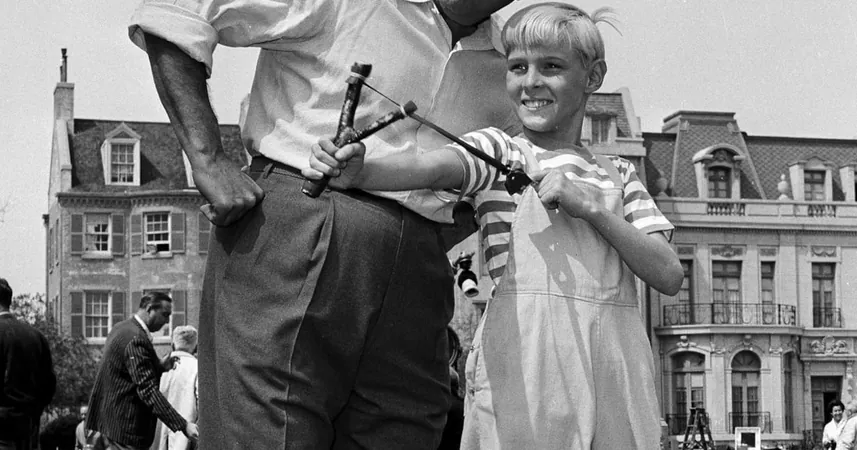
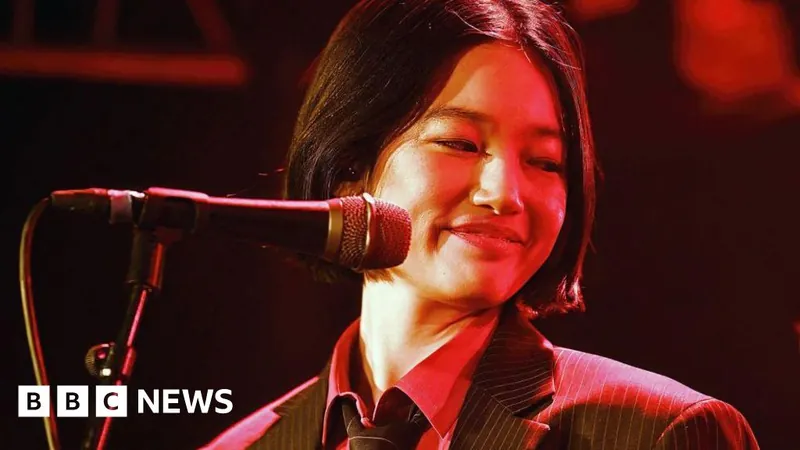
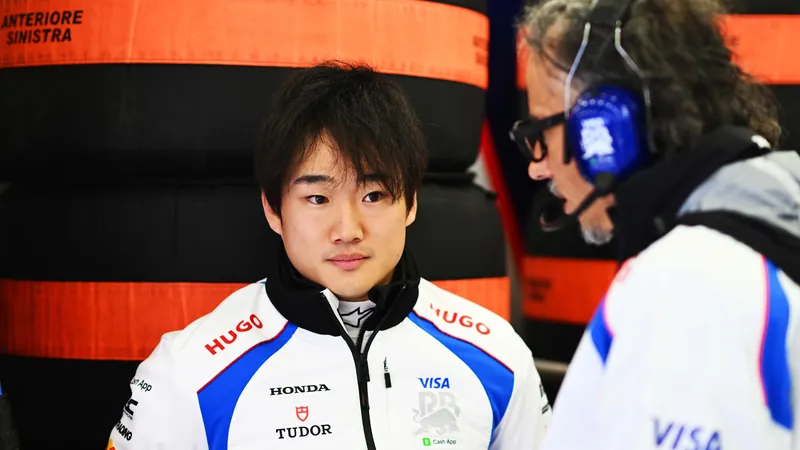
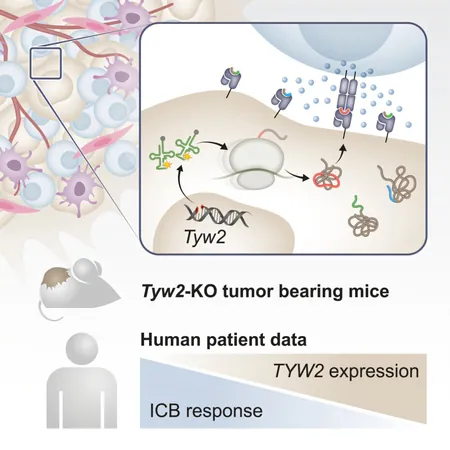


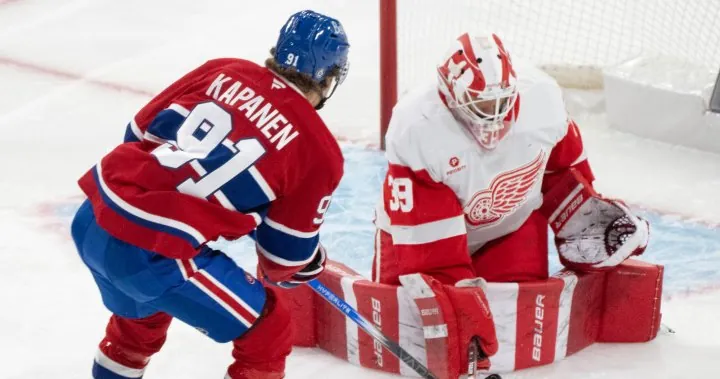
 Brasil (PT)
Brasil (PT)
 Canada (EN)
Canada (EN)
 Chile (ES)
Chile (ES)
 Česko (CS)
Česko (CS)
 대한민국 (KO)
대한민국 (KO)
 España (ES)
España (ES)
 France (FR)
France (FR)
 Hong Kong (EN)
Hong Kong (EN)
 Italia (IT)
Italia (IT)
 日本 (JA)
日本 (JA)
 Magyarország (HU)
Magyarország (HU)
 Norge (NO)
Norge (NO)
 Polska (PL)
Polska (PL)
 Schweiz (DE)
Schweiz (DE)
 Singapore (EN)
Singapore (EN)
 Sverige (SV)
Sverige (SV)
 Suomi (FI)
Suomi (FI)
 Türkiye (TR)
Türkiye (TR)
 الإمارات العربية المتحدة (AR)
الإمارات العربية المتحدة (AR)